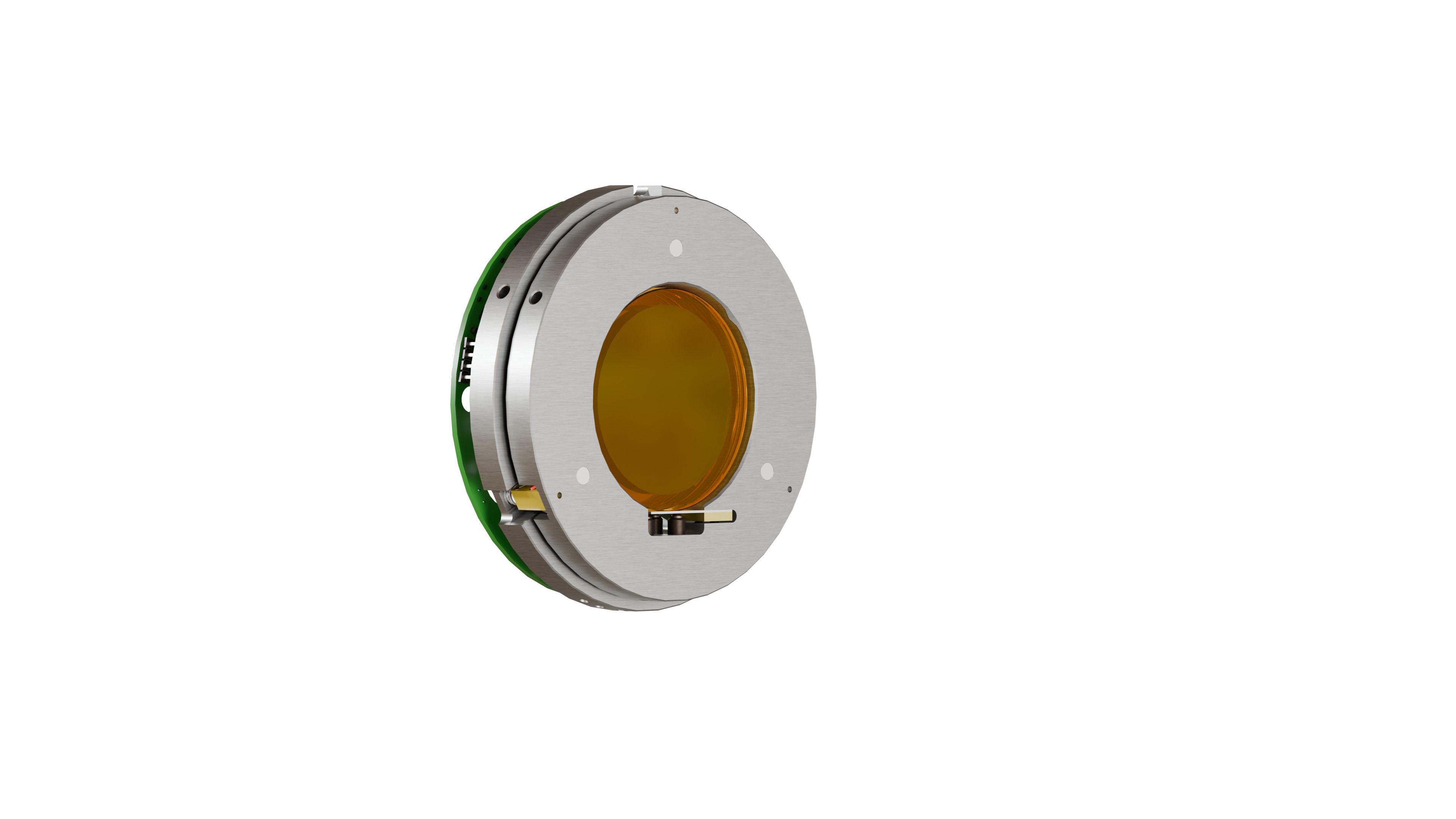Animation of Scanning Fabry-Pérot Assembly
Updated:


PhD student working with hyperspectral thermal imaging
Updated:
less than 1 minute read


Updated:
Hyperspectral images of flames have been acquired using the hyperspectral LWIR camera. The hope is to be able to distinguish between different kinds of fuel and identify different reaction regimes within the flames. The fuels are not premixed, meaning pure fuel is expelled from the nozzle where it then mixes with the air in order to maintain a sustaining flame (Fig. 1). Only simple and pure and fuels are used in the hope that the reactions (and hereby the spectral components) are simpler. Read more
Updated:
The heating characteristics of six different carbon composite samples have been investigated by time series thermography. As depicted in Fig. 1, the samples are suspended in front of the thermal camera (not hyperspectral), and heated by a heat gun for 30 s after which the cooling is observed for 2 minutes. Initial experiments using a hot plate to heat one end of the samples were not suitable to detect the defect. This might be caused by the samples dissipate most of the heat energy before it can travel from the heated end to the defect. Read more
Updated:
This is going to be a broader overview of my different efforts in the attempt to reconstruct the incident spectra based on the interferograms recorded by the hyperspectral camera. The setup has been described in further detail previously_ so here is just a very short introduction of the problem in terms of an $\mathbf{AX}= \mathbf{B}$ problem. The system matrix, $\mathbf{A}$ describes the transmission through the Fabry-Pérot interferometer at different combinations of wavelengths and mirror separations. A sensor response has been fitted an multiplied with each row of $\mathbf{A}$ (each row represent the transmission spectrum in terms of wavelengths/wavenumbers at a specific mirror separation). Each column of $\mathbf{X}$ contains the incident spectrum of the sample. This spectrum is a combination of the light source being transmitted through the material sample along with a reflection component coming from the environment. Both the transmission and reflection measurements are obtained by FTIR spectroscopy (not ATR, but two separate measurements). Finally, $\mathbf{B}$ contains the measured interferograms from the camera. However it is not the raw measurements, but a term including the reflection of imaging sensor off the backside of the scanning Fabry-Pérot interferometer (SFPI) has also been included. Read more
Updated: